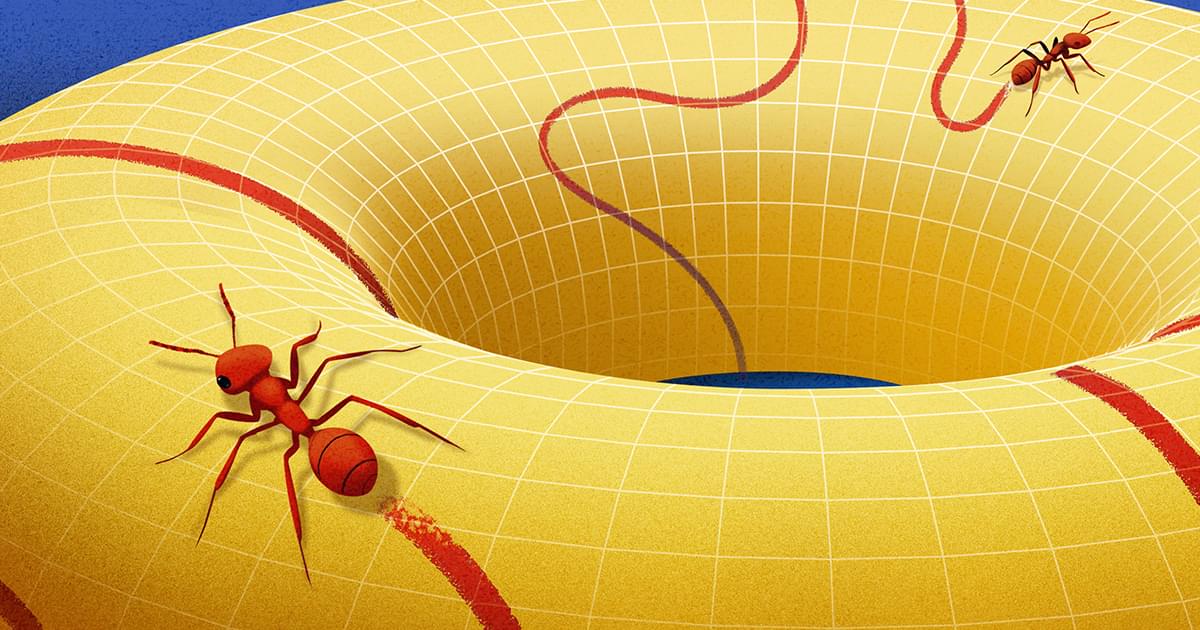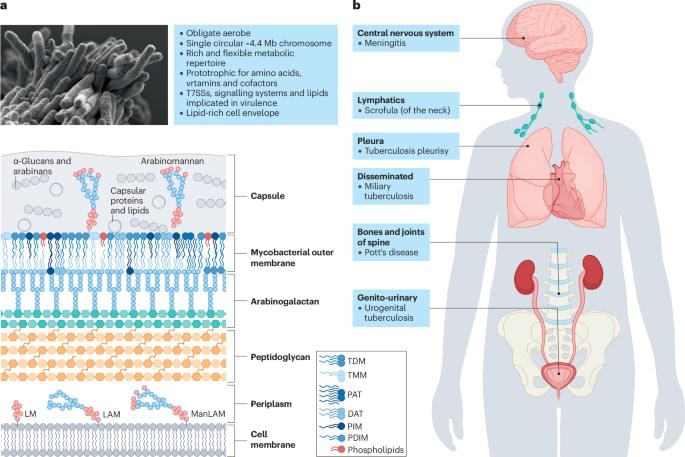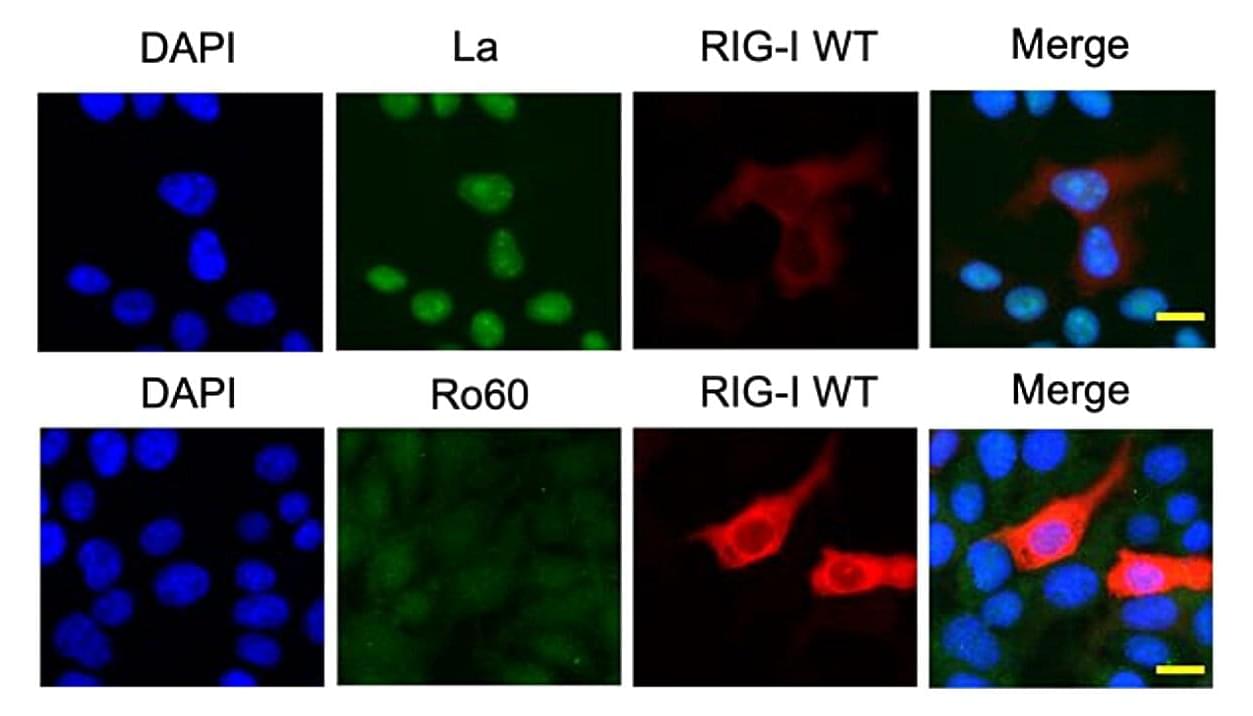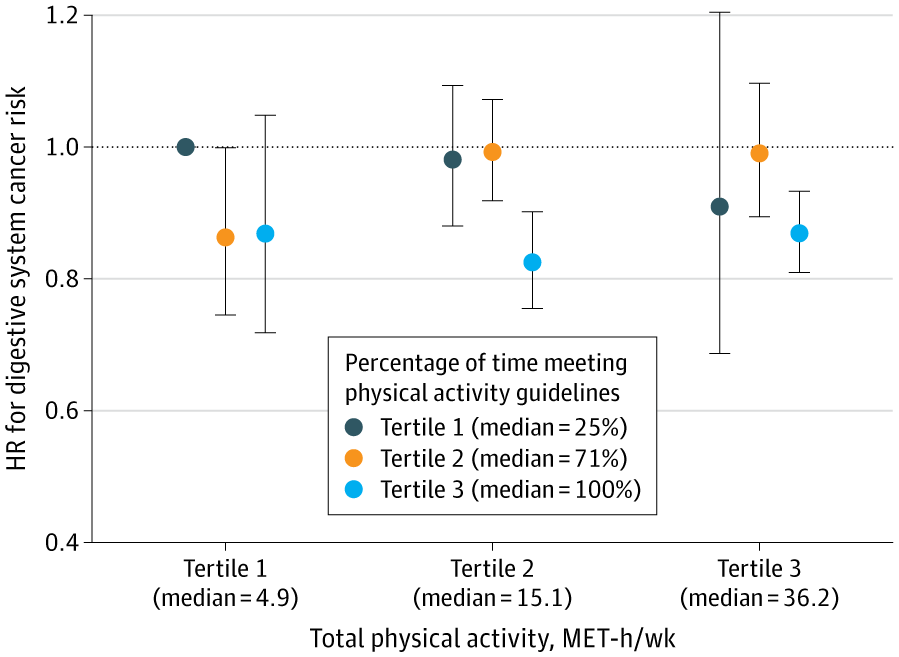How much do undergraduate computer science students trust chatbots powered by large language models like GitHub Copilot and ChatGPT? And how should computer science educators modify their teaching based on these levels of trust?
These were the questions that a group of U.S. computer scientists set out to answer in a study that will be presented at the Koli Calling conference Nov. 11 to 16 in Finland. In the course of the study’s few weeks, researchers found that trust in generative AI tools increased in the short run for a majority of students.
But in the long run, students said they realized they needed to be competent programmers without the help of AI tools. This is because these tools often generate incorrect code or would not help students with code comprehension tasks.








